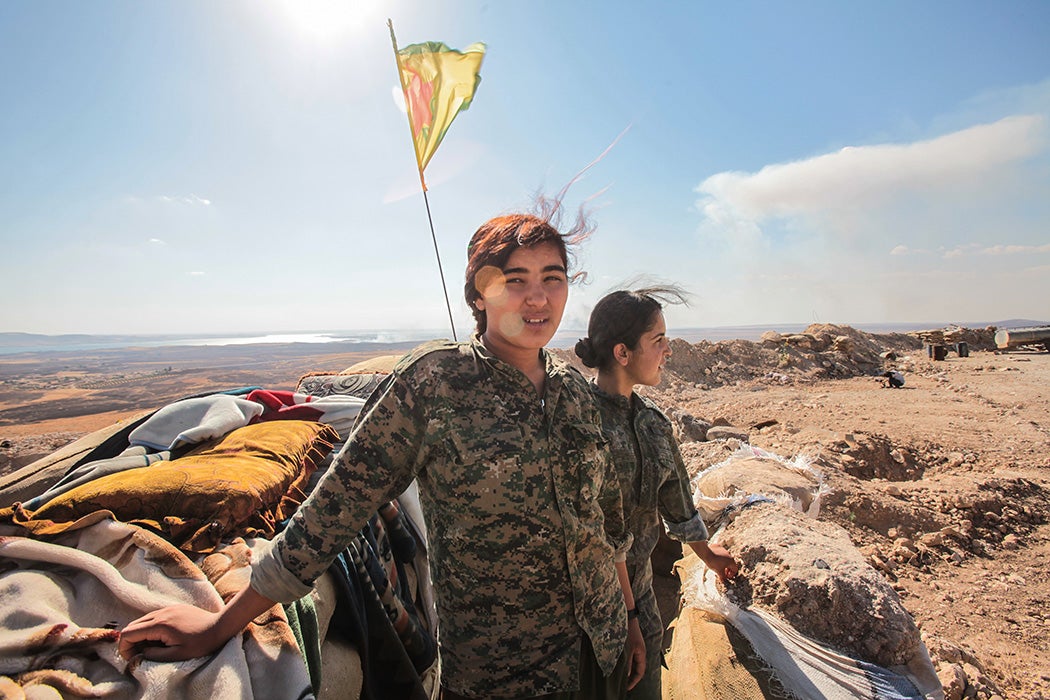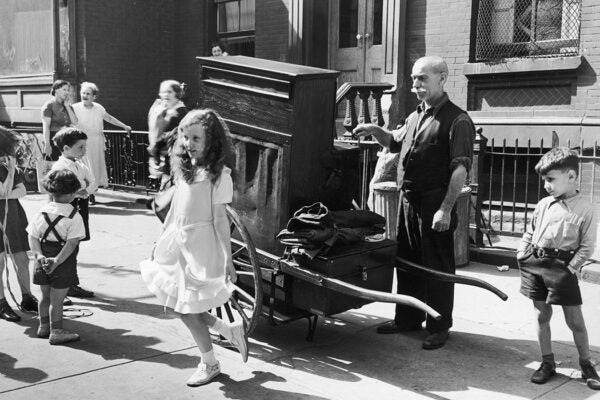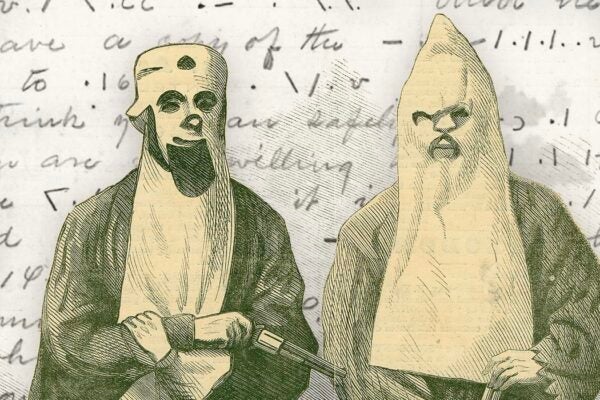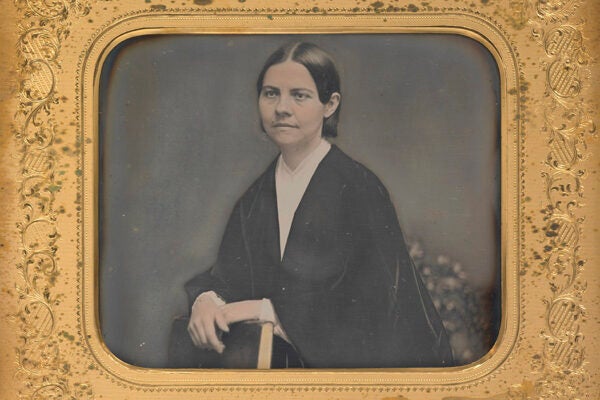Armed rebellions might do well to field women soldiers, for female fighters can play a central role in rebel efforts to cultivate allies abroad. The positive attention given to “badass” Kurdish YPJ (Women’s Protective Units) in Syria and Iraq is a recent case in point, but other examples include rebel movements in El Salvador, Indonesia, and Sri Lanka. Scholars Devorah Manekin and Reed M. Wood focus on “the effects of female fighters on external audiences” and why that matters.
“Our study suggests that women combatants can assist rebel groups in securing external support,” they write. “Such support is critically important to rebel movements because the ability to garner support and attract allies has direct bearing on the odds that the group survives and achieves its political objectives.”
The Liberation Tigers of Tamil Eelam (LTTE) “relied on female fighters to help challenge the government’s claim that it was a narrow, violent extremist group and to promote the alternative narrative that it was a legitimate, broad-based social movement,” Manekin and Wood explain. In El Salvador, the Farabundo Martí National Liberation Front (FMLN) “used the (perceived) innocence and vulnerability of its female fighters to frame its rebellion as righteous while simultaneously linking the brutality of the Salvadoran government to women’s support for the rebels.”
While noting that “only about one-third of armed resistance movements” have women soldiers in them, Manekin and Wood stress that female fighters “are prevalent in rebel propaganda and public outreach efforts.” The “symbolic power” of rebellious armed women is real, and those groups that wield this power seem to be aware of it. The “intentional use of gender frames”—often readily reproduced by external media—can have real strategic value away the battlefield.
Wartime gender framing traditionally “depict women as innocent victims.” Depicting them as “active participants in political violence” is a relatively recent phenomenon, although earlier examples abound. For instance, first France and then the US was defeated in Vietnam, where many millions of women served in regular, militia, and guerrilla armies, in both combat and non-combat roles; the rosters of the Viet Cong dead include many women.
Manekin and Wood write that the presence of female fighters has a positive effect on the legitimacy of armed rebellion in the eyes of external audiences. This is because, they argue, women combatants are seen as comparatively less self-interested than their male counterparts. The cause seems more serious if women have to get involved; the movement is humanized, personalized, made to seem less “ideological.” The image of a female fighter with rifle in one hand and baby in another has become both icon and cliche.
The presence of armed women, even in small numbers, as with the GAM rebels of Indonesia, increase support for those rebellions among foreign non-governmental organizations (NGOs), solidarity networks, activist communities, diaspora groups, and other non-state actors. National and transnational non-state actors may then pressure states to support the rebellion or at least not work against it.
Weekly Newsletter
And non-state external support for armed rebellions is of critical importance to groups that take on state power. “Resources provided by foreign sponsors and allies are essential to the survival and success of many contemporary armed resistance movements,” write Manekin and Wood. Rebel groups thus “routinely undertake concerted diplomatic and public outreach efforts” to cultivate and grow such support.
The “decision to recruit, train, and deploy women in combat” has proven to be helpful in such cultivation. Women at the front may be tactical, strategic, and political all at once. Gender roles die hard, though: the first two predictive Google leads to “Kurdish women” are “Kurdish women fighters” and “Kurdish women beautiful.”
Co-author Reed M. Wood’s website has a link to the Women in Armed Rebellion Dataset (WARD), originally complied by him and Jakana L. Thomas. This includes information on more than 300 rebel movements between 1964 and 2014.







